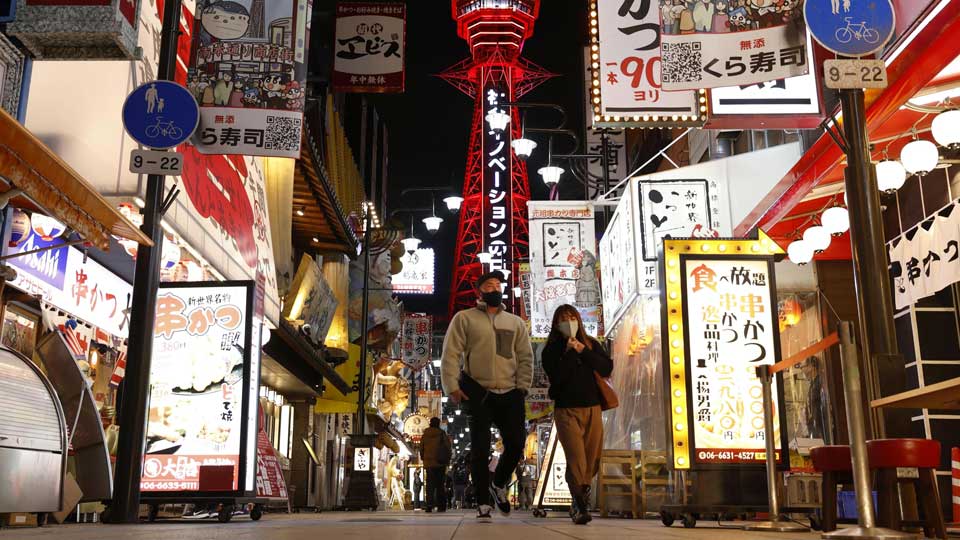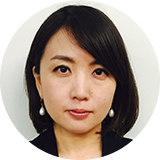The prefectural government is asking all residents to refrain from making non-essential outings until December 15.
Governor Yoshimura says it is getting harder to provide treatment to people with serious symptoms. "This is the right timing to issue a red alert. It's a declaration of an emergency in medical care. Our first priority will be protecting lives."
Regular services squeezed
In Osaka, 49.5% of the beds set aside for seriously ill coronavirus patients are now occupied. In Tokyo, the figure is even higher at 50%. Tokyo's governor met with healthcare experts on Thursday to discuss the crisis. The experts said there are now more than 1,600 inpatients, and hospital beds for regular medical treatment are being diverted for coronavirus treatment.
They warned that medical institutions are struggling to balance medical care for coronavirus patients and other patients, and many will have to postpone scheduled operations.
They said if the health system is to function as normal, it's essential to push down the rate of new infections and reduce the number of seriously ill patients.

The Saitama Medical Center in Kawagoe City, Saitama Prefecture, has set aside 23 beds for COVID-19 patients. At the start of December, 12 of them were occupied.
Two of the patients are showing severe symptoms and have to be on a ventilator. Seven others with moderate symptoms are considered at risk of their condition turning severe.
The medical center's Professor Oka Hideaki says if the number of patients increases any more, they'll have no choice but to cut back on other treatments or lower the quality of their work.
"It is really close to the limit," he says. "We may start to see people die when they could have been saved."
Looking over the edge
Whenever a COVID-19 patient is brought to the hospital, doctors and nurses have to don protective suits and restrict themselves to a partitioned area to ensure other patients don't get infected. Nurse Ioka Kyoko says she feels stressed when she thinks that the number of patients is likely to increase. "I think we're reaching our limit," she says.
That's also the view of Japan Medical Association President Nakagawa Toshio. At a news conference on Wednesday, he warned that if the number of cases surges again, hospitals will become incapable of treating both COVID-19 and other patients.
"Medical facilities in some areas are already having trouble accepting patients with cancer, heart disease or strokes," he says. "The situation is clearly worsening, just as we feared. This December presents us with a challenge if we're to celebrate the New Year in any kind of 'normal' way."


